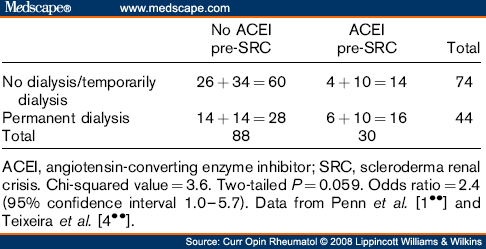
What Is Scleroderma?
Scleroderma is an autoimmune disease that deals particularly with the connective tissues. These connective tissues act like glue between our cells and can be found at almost all parts of our bodies. Since it is an autoimmune disease, it is characterized by having the body’s immune system attack itself instead of protecting it, causing the development of scar tissue and the limiting of the functions of some of the affected organs.
If scleroderma affects more than one area, then that case is known as systemic sclerosis. The more common form of this which would only affect one organ, most commonly the skin is known as morphea. This case, although it could disable a victim would not be fatal most of the time. Systemic sclerosis on the other hand could tend to be fatal.
Who Can Get It?
As of this time, there is still no known cause of scleroderma however, cases have appeared in every gender, age and race although it is more likely to develop in others than it is on some. Scleroderma is four times more likely to appear in women than it is on men and it usually develops somewhere between the ages of 30 to 50. It is also inherent in the Native American Choctaw tribe and in African American women. Scleroderma rarely appears in children.
While there has been no known cause, medical experts have some theories regarding the causes of it. One would be that it is genetic or is a result of heredity or genetic defects. Some would also say that it is environmental, that it is caused by unwanted substances in the environment such as bacteria and viruses. Since the common category for victims of scleroderma would have women that are between the ages 30 and 50, a theory also said that the fetal matter that is left over after pregnancy can cause scleroderma even after years of giving birth. None of these theories however are proven yet.
What Could Happen To A Scleroderma Patient?
Depending on the case, different patients would have different outlooks on scleroderma. Those with limited scleroderma or those who have it on a small area have a considerably good outlook. Most of the time, their case would develop further into another disease other than scleroderma. It is more likely for a case of scleroderma to develop since there is no known treatment for scleroderma.
As for those with systemic scleroderma or those with organ involvement, the outlook is very much negative. Scleroderma is more common in women than it is in men but scleroderma could kill more men. After diagnosis, about two-thirds of all patients would live for at least 11 years. The older the patients are at the time of diagnosis, the more likely their case of scleroderma is to be fatal.
How Is Scleroderma Treated?
Since scleroderma has no known cause, there is also no known cure. Treatment for scleroderma is focused on preventing further damage and relief from discomforting symptoms rather than attempting to entirely remove the disease from the person. A person with organ involvement would take medications or undergo regular therapy in attempt to restore normal activity with these organs.
Scleroderma treatment would also involve having a healthy lifestyle, which means no vices or any unwholesome activities and less stressful activities. Patients of scleroderma would have to take care of themselves more and they should learn to live with their condition.




